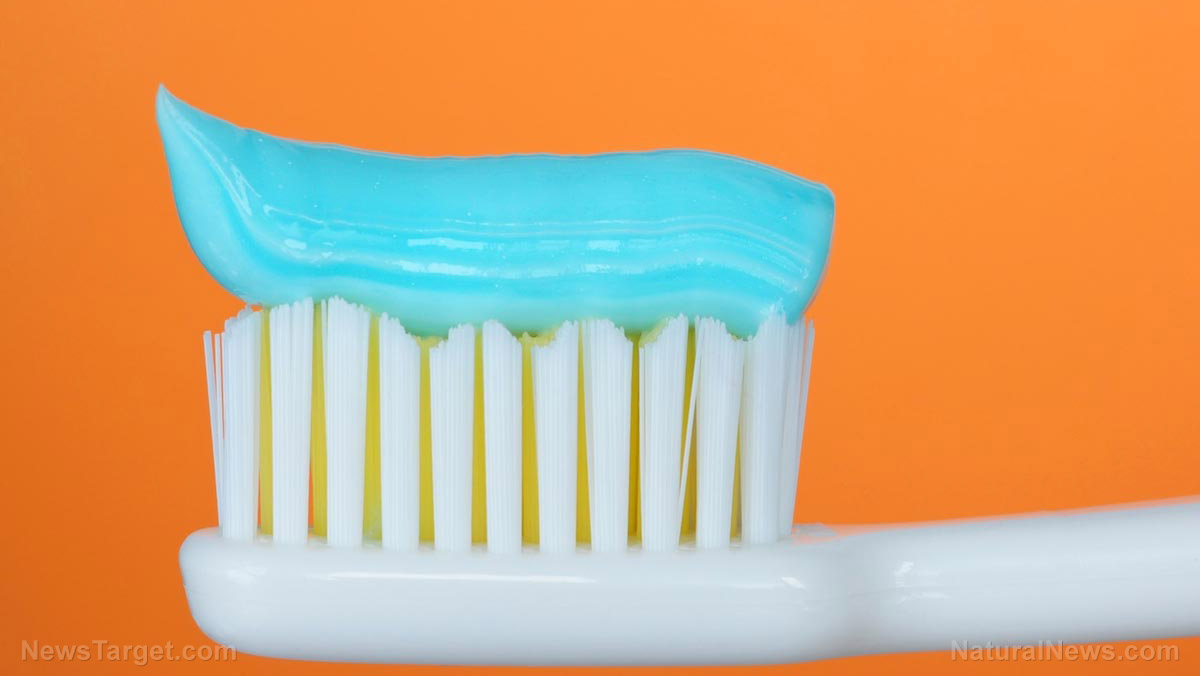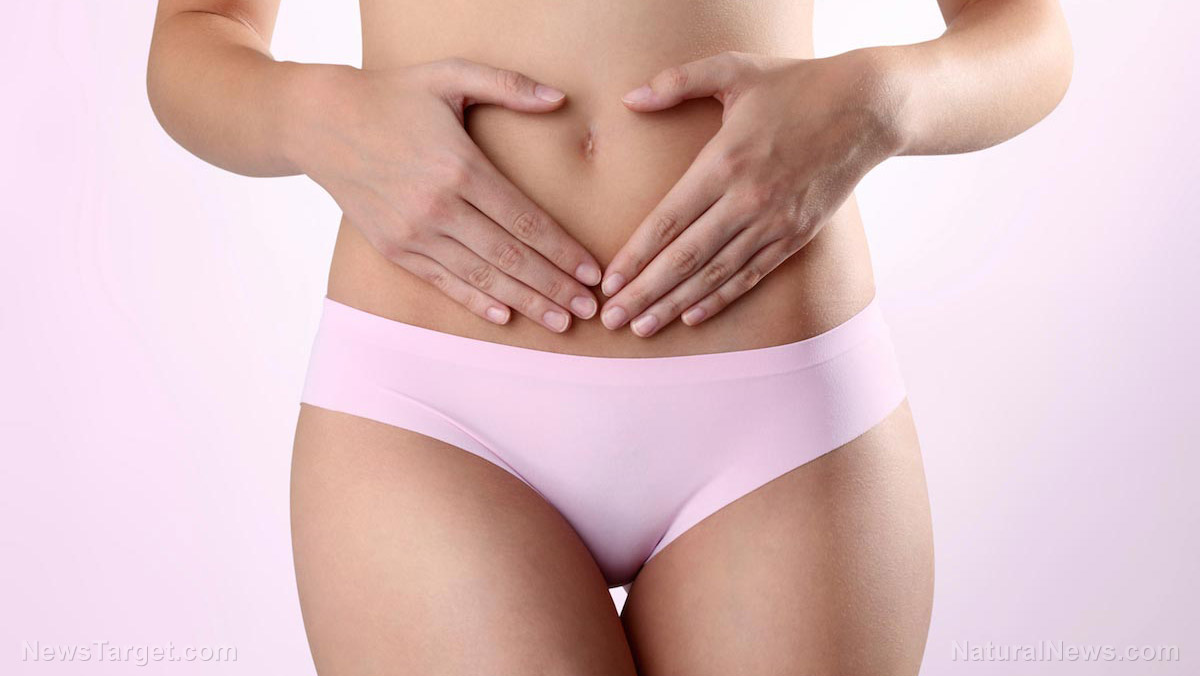Boob job BUST: More women now REMOVING breast implants than getting new ones
11/15/2017 / By Isabelle Z.

Everywhere you look, there are signs that people are increasingly waking up when it comes to their health. Organic food sales are soaring, workout apps are topping the popularity charts, and fast food chains are revising their menus to offer healthier options. In keeping with the trend toward better health, unnatural plastic surgery procedures like breast implants are falling out of favor, and those who have implants are opting to have them removed in greater numbers.
According to statistics from Britain’s National Health Service (NHS), breast implant removals outnumbered enlargements by a margin of four to one last year. This is a sharp turnaround from just a few years ago, when twice as many women were undergoing enlargements compared to getting removals.
In 2016, 1,602 women underwent breast implant removals through the NHS in the UK, while just 390 got enlargements. In 2005, only 633 women had implants removed and 1,778 underwent enlargements.
Part of the decline is due to a clampdown placed on the procedure by the NHS. Only women who have seriously misshapen breasts or those who are dealing with serious psychological effects are allowed to undergo the operation using the taxpayer-funded national system.
In addition, ridiculously large fake breasts have fallen out of fashion in recent years. Another factor is the scandal involving French PIP silicone, which saw hundreds of women scrambling to get dangerous implants removed.
Some women are removing their implants because they are causing problems like swelling, rashes and joint pain. There have also been recent studies that link textured breast implants to a rare type of T-cell lymphoma cancer, so experts believe the trend for removal is only likely to continue.
Implant removals growing around the world
The plastic surgery reversal trend is also being seen in Canada, where increasing numbers of women are seeking to have their breast implants taken out. Toronto plastic surgeon Dr. Julie Khanna reports that the number of breast implant removals at her clinic has risen by 20 percent in just the last five years. Around 4,000 of these “explant” surgeries are taking place in Canada every year; 40,000 such operations are performed in the U.S. each year.
According to the Consumer Guide to Plastic Surgery, breast implant removal takes place under general anesthesia. A surgeon removes the scar tissue that is surrounding the implant before removing the implants themselves, which may be deflated prior to removal. The implants are usually taken out through the same incisions the surgeon made during the initial augmentation. It is also often paired with another procedure, a breast lift, because breasts can sag or droop following the removal of the implants.
Some of the potential side effects include scarring, infection, a loss of nipple sensation, loose skin, sagging, complications of anesthesia, and psychological issues.
More natural procedures gaining traction, but there are still risks
As people increasingly reject the concept of placing unnatural objects in their body, another procedure is starting to gain some traction. Fat grafting entails taking some fat from a woman’s hips and stomach and using it to enhance her breasts. This can add as much as three-quarters of a breast cup size to a woman’s bust and costs approximately the same as implants. While doctors do not believe it will ever replace implants entirely, it is viewed as a good option for women who want a smaller and more natural-looking enhancement.
Although this procedure is more natural than implants, it is not without its risks. Some possible problems include infection, cysts, microcalcification, fat cell necrosis, and the possibility of some transferred fat cells migrating from the breast area.
Sources include:
Tagged Under: breast augmentation, breast implants, breast removal, fat grafting, implant removal, plastic surgery, plastic surgery reversal, women's health




















